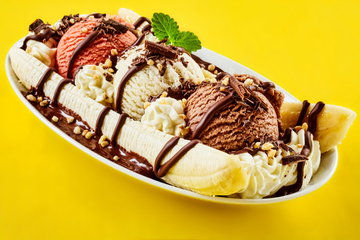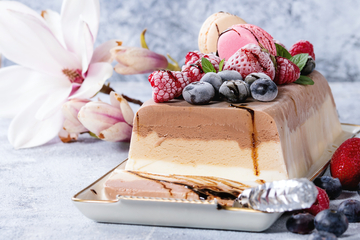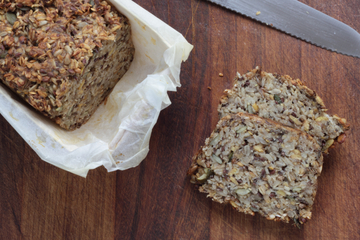How to make authentic Italian pasta carbonara – without the cream!
Authentic carbonara is all about that consistency, that creaminess, that salty tang. As delicious as the pasta sauce is, it's tough to get that perfect taste without making it the traditional way. Here's how to make authentic Italian carbonara with no cream, in only half an hour.
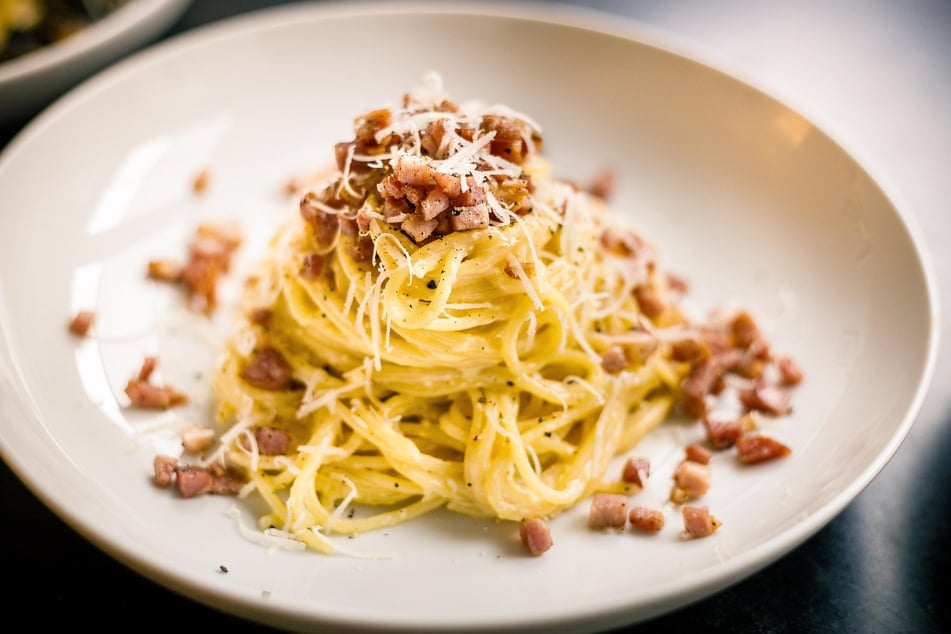
Nothing makes a true Italian flinch more than seeing the butchery that is American-style Carbonara.
That heavy cream, those confusing scallions, that baffling bacon. "What on earth is that?" you can almost hear them saying.
Carbonara, one of jewels of Mediterranean cuisine, does not need to be overcomplicated.
Delicious pasta carbonara is a true treat for anyone who enjoys Italian food. The typically creamy dish can be made to dress many different kinds of pasta, but doesn't need more than a few ingredients to whip up.
Although it's creamy, it can also be made traditionally, without any pure cream at all.
Here's how to make a fantastic, easy, and authentic carbonara, but hold the cream. Ready, chef? As the Italians would say: "Andiamo!"
What is carbonara?
Carbonara is an Italian pasta dish that originates from Rome and is made of only four ingredients (if you don't count seasoning and water). This delicious, creamy treat comes from the Lazio Region around Rome on the Italian peninsula, and is made in a very specific and very particular way.
Famous worldwide, carbonara has taken many different forms across the globe. Often, it's made with cream and shallots, or with different proteins like chicken and ham. While variations are not necessarily "correct," they can still be quite delicious and are certainly worth checking out even if you are an Italian food purest.
There are many possible origin stories for carbonara, but what but the creamy pasta – even without the cream – is full of rich and and salty flavors, and a real favorite among kids and adults alike.
Authentic italian carbonara recipe without cream
Authentic Italian carbonara is not hard to make. In fact, it is one of the quickest and easiest pastas to cook and prepare for your favorite person, your friends, or your family. Once learned, you can make delicious carbonara in less than half an hour, ripe and ready to be served to your guests.
Here's how to make authentic, traditional Roman carbonara quickly and easily, without the need for heavy cream.
Pasta carbonara recipe | Ingredients
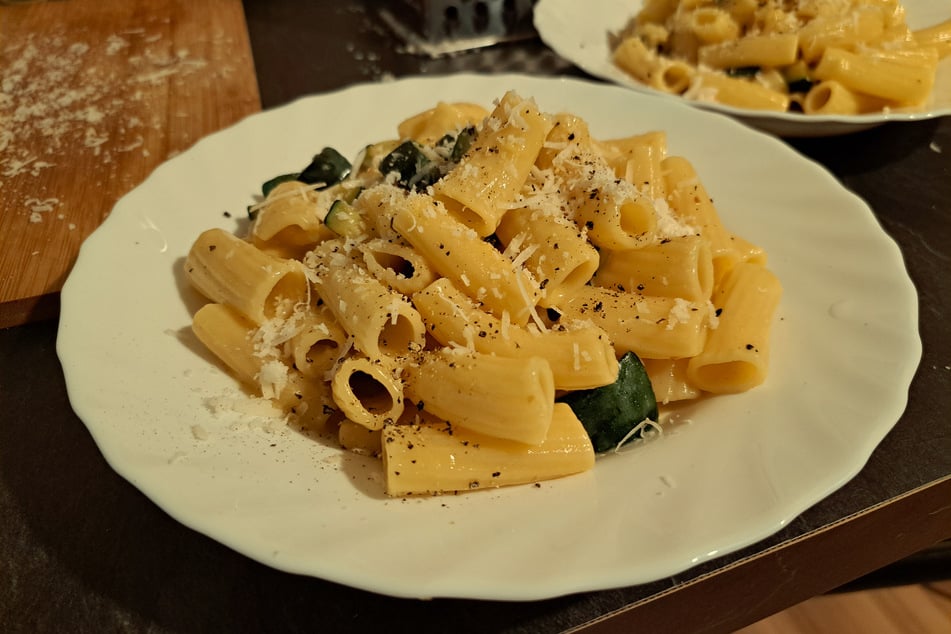
Carbonara is very easy to make and only contains four key ingredients.
Remember to adjust your quantities depending on how many people you are cooking for.
Ingredients for 2-3 servings:
- 1.5 cups diced pancetta, guanciale, or bacon
- 3/4 packet of pasta (spaghetti, rigatoni, or buccatini)
- 6 egg yolks
- 9-10 ounces of pecorino cheese (it is okay to use parmesan, as detailed in our tips and tricks)
- Water
- Salt
- Black pepper
For Vegetarian Carbonara - Instead of using a pork like pancetta or bacon, use one of the following, coated in a bit of olive oil:
- Zucchini
- Eggplant
- Mushrooms
Pasta carbonara recipe | Instructions
By following these simple steps, you'll be able to make a delicious, authentic serving of carbonara without the need for cream or more than 30 minutes of your time.
Step 1: Boil your water, adding a little salt to season (there is no need for olive oil).
Step 2: Dice your protein into small to medium-sized pieces and put the pieces into a large frying pan or wok to cook. If making vegetarian carbonara, put some olive oil in with the diced vegetables.
Step 3: Grate your cheese if it is in a block. Make sure the grated cheese is nice and fine.
Step 4: Separate your eggs, discarding the whites and keeping the yellow yolks in a big bowl. Season the yolks with pepper and whisk briskly.
Step 5: Add the majority of your grated cheese to the egg yolks, leaving a small amount aside for garnishing. Mix together thoroughly so that the mixture is thick and relatively dry.
Step 6: Once your water is boiling, add your pasta to the water. Boil for the amount of time specified on the package, or to your personal preference.
Step 7: While the pasta is boiling, fry your protein until nice and crispy or, in the case of the vegetables, translucent and caramelized.
Step 8: Separate at least a cup (preferably more) of the pasta water and keep in a mug, do not discard. Once you have a supply of pasta water, you can strain the pasta.
Step 9: Add the pasta to your pan, frying in the meat oils (or olive oil) until a golden color. Add a significant amount of the pasta water, but not all of it, and remove it from the heat.
Step 10: Once your pasta is a golden color and well combined with the oil and water, make sure that it is off the heat and simply add your cheese and egg yolk mixture.
Step 11: Quickly stir the mixture into the pasta and watch the magic unfold. As you stir, the cheese will melt and combine with the egg and starchy water to create a cream-like sauce that is rich in flavor.
Step 12: Keep mixing until thoroughly "creamy" and combined. Add more or less pasta water to make the dish as creamy as you like it.
Step 13: Serve and garnish with leftover pecorino cheese and black pepper.
Pasta carbonara recipe | Tips and tricks
- You don't need oil when cooking pancetta or bacon: The cured pork will release so much fat that it will create its own, far tastier oil. If you are cooking with vegetables, though, make sure to use plenty of olive oil.
- You can make vegetarian carbonara but not vegan carbonara: If you are making carbonara the traditional way, you can use zucchinis or the like instead of pork. You cannot make carbonara, though, without eggs and cheese, as they are vital for the chemical reaction that creates the cream-like sauce.
- Parmesan is okay: It is okay to use parmesan instead of pecorino, but not nearly as good. In fact, in areas of Italy they use an equal combination of both cheeses for a more complex taste.
- Only use the egg yolk: Make sure to only use the egg yolk. While it's not the end of the world if the whites get in there, you should be careful of how much, or it will change the consistency.
- Don't mix on high heat: If your pan and pasta is too hot, or still on the hotplate when you add the egg and cheese mixture, the eggs will cook and this will ruin the texture of your carbonara.
- Moderate with the pasta water: You can moderate how creamy your carbonara is based on the amount of pasta water you add.
- Use tongs and don't drain your pasta: Use tongs or a slotted spoon to take the pasta straight from the pot and into the pan. This way you keep as much water as possible and add some water as you transfer over the pasta.
- Do it to taste: As with every recipe, you should make sure that you add the quantities that your pallet enjoys. If it is too salty, reduce how much you salt the water and also the amount of pork you use. If you want it less creamy, reduce the amount of pasta water, etc.
Does carbonara have bacon?
Traditional carbonara does not contain American or Canadian style bacon. Instead, carbonara is meant to contain either guanciale or pancetta. Guanciale is the more traditional meat to be used in carbonara and is a cured Italian meat prepared from the pork cheek.
Meanwhile, pancetta is a salt-cured "bacon" made of pork belly. You are far more likely to find this in your typical supermarket than guanciale. While pancetta is delicious, and a great choice, guanciale is admittedly the better option, lending a deeply salty and rich flavor to the dish.
In the end though, use what is available to you. While carbonara is traditionally made with guanciale or pancetta, if standard bacon is all that you have, the dish will still be delicious, full-bodied, and worth a go.
Does authentic Italian carbonara actually have cream?
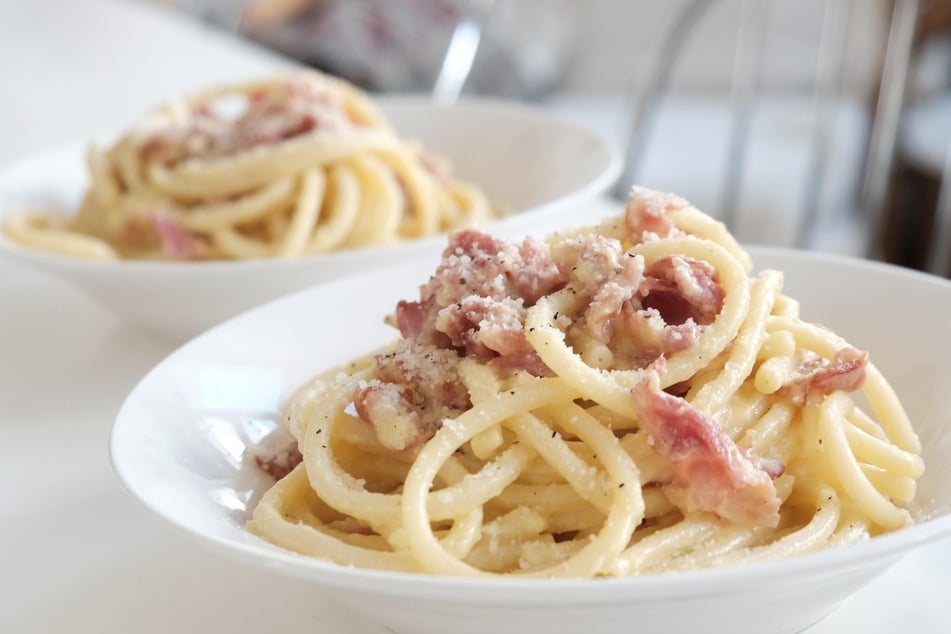
Proper, authentic carbonara does not contain any cream.
Instead, carbonara's iconic creamy sauce comes from a combination of pasta water, which contains a high level of starch, egg yolks and pecorino cheese. If made correctly, these ingredients combine with the pasta water to create a rich sauce that certainly doesn't need any cream.
While it is always great to know how to make a dish like carbonara properly, there's no need to be judgmental of those who want to include cream.
It will taste great just the same.
Is carbonara safe to eat?
Carbonara can be risky business if you're not careful. One of the main reasons why cream is used in many countries is because the dish traditionally uses egg yolks that are not fully cooked when they are mixed into the pasta.
As a result, if you decide to make carbonara in the traditional way, buy the eggs you want to use on the day that you are going to make the pasta. Never use old eggs, and always make sure that your eggs have been stored properly before use.
Traditional Italian carbonara without cream | Final tips
Carbonara is a real treat and, unless you want to end up as round as a balloon, you probably shouldn't eat it every day.
For a special treat though, this is a basic, easy, and delicious pasta dish that you can prepare for your friends and family, or to impress your significant other, in less than half an hour.
Just remember - get the right cheese and the right pork, keep that pasta water, use egg yolks not whites and, most of all, enjoy the living hell out of this tasty and authentic dish.
Cover photo: Rob Wicks / Unsplash



